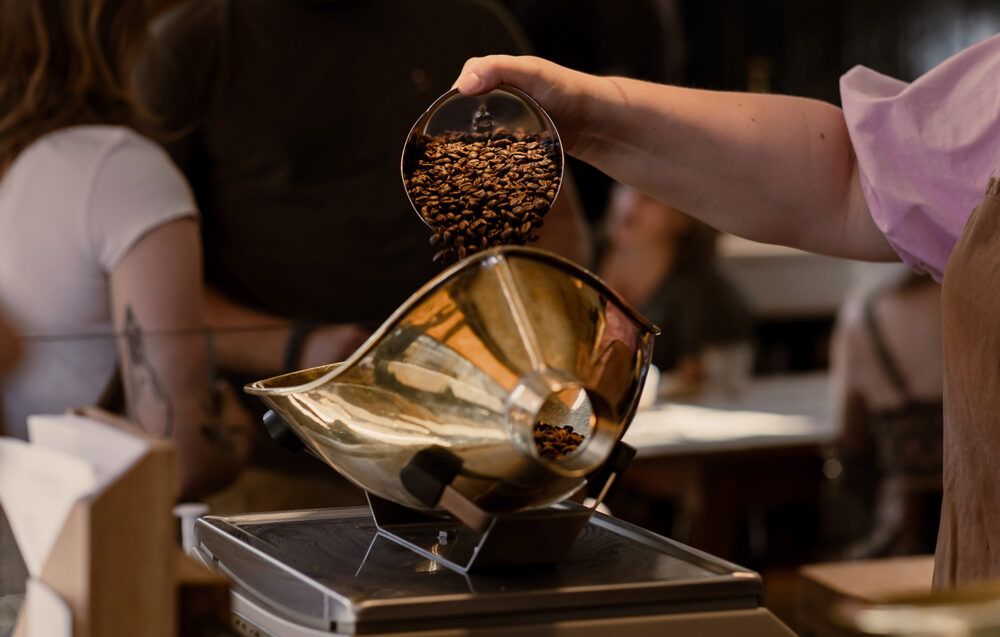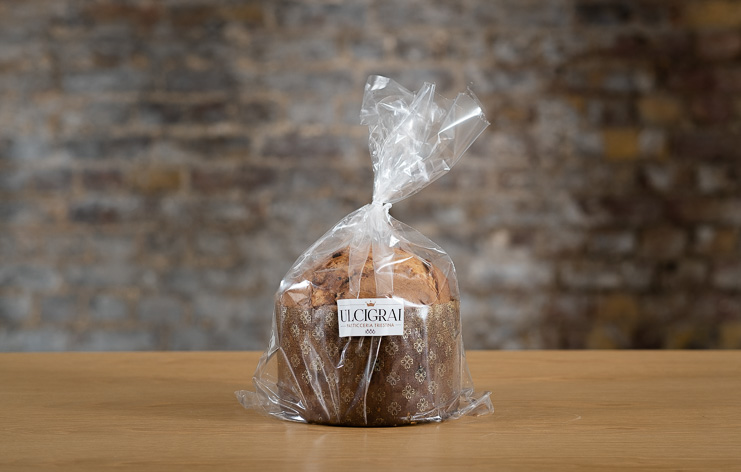
Last month’s newsletter raised a few questions about the cortado – what it is exactly, should one be choosing this over their usual drink and the rest of it. So rather than news this month we have a run-down on our drinks and their differentiating characteristics. If you already have a firm favourite when you’re at our shops, then go ahead and recycle this or move on to your next email – no need to fix what is already working for you.
Our drinks immediately separate into two groups depending on how we brew the coffee: filter coffee is based on the filter method and espresso is based on the espresso. We make single-cup pour-over filter and have been doing it this way since 1978; for us it was and still is a convenient way to make samples of coffee. We quickly understood it might also be nice to drink coffee with a small something to eat and the upstairs at our Covent Garden shop was realised. We digress.

Each filter coffee is made using twenty-two grams of coffee and brewed into a mug. You can have the filter-of-the-day chosen by the team that morning or any of the coffees we have for sale on our counter. We also make a café au lait in the French style, which is a filter coffee with a generous amount of hot milk added. This is a nice drink if you’re feeling in need of a Parisian style breakfast to go with the beret you have been sporting lately. We do an iced version of both of these as well.
Onto the espresso, which is a concentrated little nugget of awesomeness brought to us by the Italians and modified by almost everyone else since. We make our espresso-based drinks using twenty-one grams of Monmouth Espresso and pour everything as a double shot (approximately 50ml) unless a single shot is requested or is specified as below. There are a number of conventions, adaptations, and variations, and now is not the time to argue how large a cappuccino should be, when is the correct time of the day to drink it, or the origins of the flat white. We are just interested here in how we make them at Monmouth. So here we go. Pay attention to the ratios for the milky drinks as they really tell you how strong the coffee will taste.
An espresso is served in a demitasse cup as a double shot (~50ml) unless you would like a single (~25ml). A ristretto is a curtailed espresso (so a smaller drink). A macchiato is an espresso with a short dash of hot milk resulting in a ratio of about 3:1. A piccolo is a single espresso served in the same sized demitasse cup as used for the preceding drinks and filled to the top with steamed milk, the ratio is 1:1. A long black is a double espresso topped up with hot water and served in our flat white cup. An americano is a taller version with more hot water and is served in our filter mug. A cortado is like a larger version of the piccolo with a double shot and ratio close to 1:1 but we don’t have a specific cup for this, so it is poured short in the flat white cup. A flat white is a slightly milkier version of the cortado, it is served in the same cup, but it is filled to the top with hot milk making a ratio of around 1:2 or so. A cappuccino is a bigger drink, we serve this in our café au lait / latte cup and it is a double shot with very foamy hot milk, the ratio is about 1:3, because frankly who doesn’t want all the foamy goodness served into the largest cup. Finally, a latte is served in the same cup as the cappuccino but is less foamy and this is the only difference. We make iced versions of most of these as well.
Got all that? Something new caught your eye? Now just briefly before you go, if there is something you like that isn’t listed, we will make it for you if we can. Sometimes a smaller cappuccino is preferred and that is totally ok! And for some of us a short-poured flat white, that is poured only fractionally longer than a cortado, is the drink that hits the spot. And that’s ok too.
See you with your reusable,
Monmouth x










